Summer gravel riding is the utopian dream isn’t it. Bone dry trails, bluebird skies, no need to carry a jacket. Sounds like heaven. But can you have too much of a good thing? How hot is too hot and more importantly, what can do you to avoid meltdown? With autumn fast approaching in northern Europe, you might wonder why we’re running this story now, but Olly is out swanning around in Sri Lanka at the minute, so staying cool is top of his agenda.
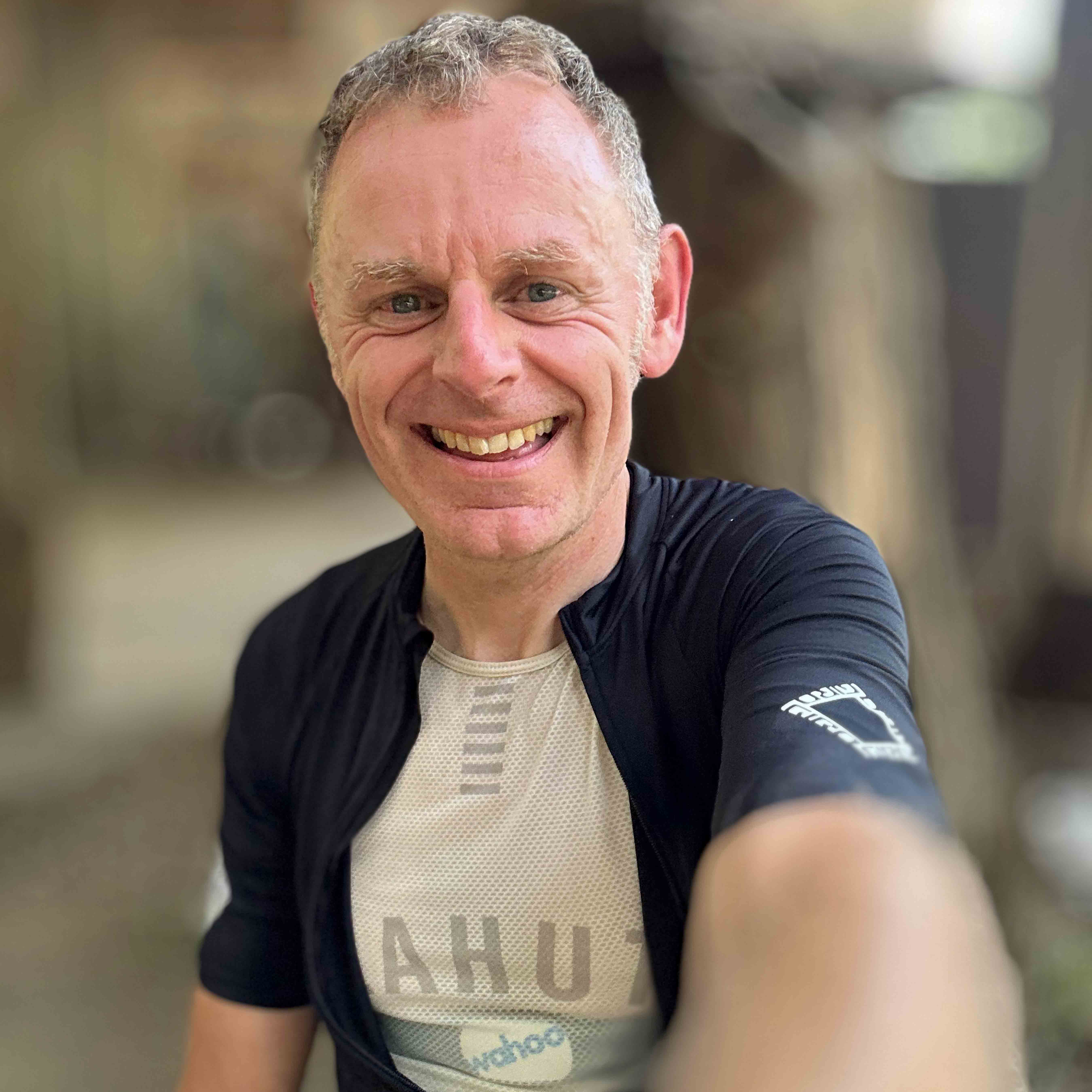
There are times where a photograph singularly fails to capture the reality of the situation. This is one of those. Behind the smile, which felt more forced than it looks, is a man who is properly cooked. I was sitting in the shade of an ancient broadleaf tree, resting my arse on a low wall. A slightly bemused looking 85-year-old lady, who owned the wall, was staring at me with a mix of incomprehension, intrigue and probably a little revolt. Even in the shade it was 37 degrees and I had just gleefully applied the contents of a water bottle to my head, neck, arms and legs. Until this point, I had seen pro riders in races such as the Vuelta Espana either pouring bidons of water over themselves, or going back to the team car to retrieve pairs of tights filled with ice (which they put down the back of their jersey), but I had never felt the need to subject myself to this process. One of the (dubious?) joys of living in the north of England is that the temperature fails to ever get much above mid-20s degrees C – not exactly hot enough to require the icey-water-over-your-head trick.
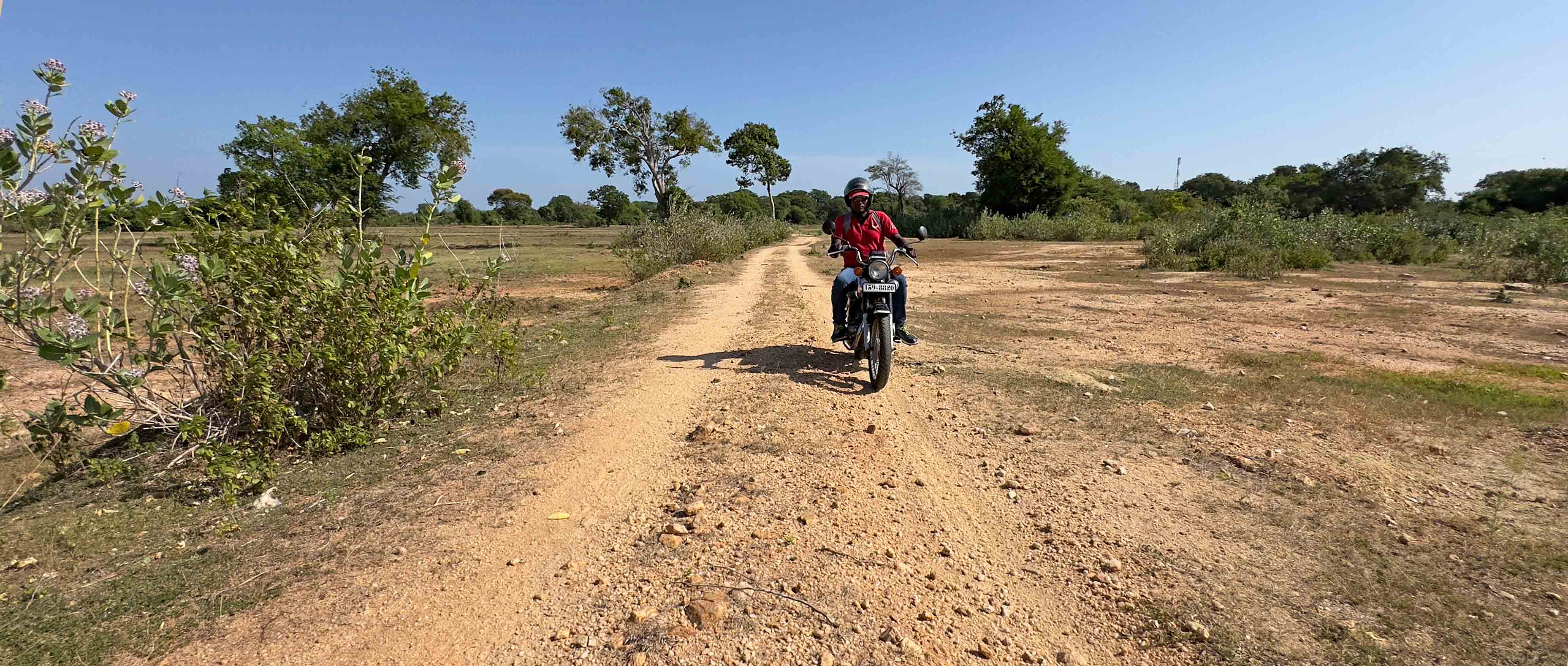
“It is too much hot!” said Sampath, my trusty wingman and utter saviour on this day. He rode alongside me on his Honda CD125T motorbike about an hour after we set off on our first ride together and offered me a cold bottle of water. This was the closest I had ever got to having a domestique and it instantly made me feel like some kind of VIP superstar. “Sorry my English not so good” was Sampath’s next utterance. He was riding beside me as we made decent speed along some of Sri Lanka’s finest gravel tracks. Seeing as my entire lexicon of either the Sinhala or Tamil languages spoken in Sri Lanka comprised “Ayubowan” (hello), I told him that he had nothing to worry about and that his English was perfect.
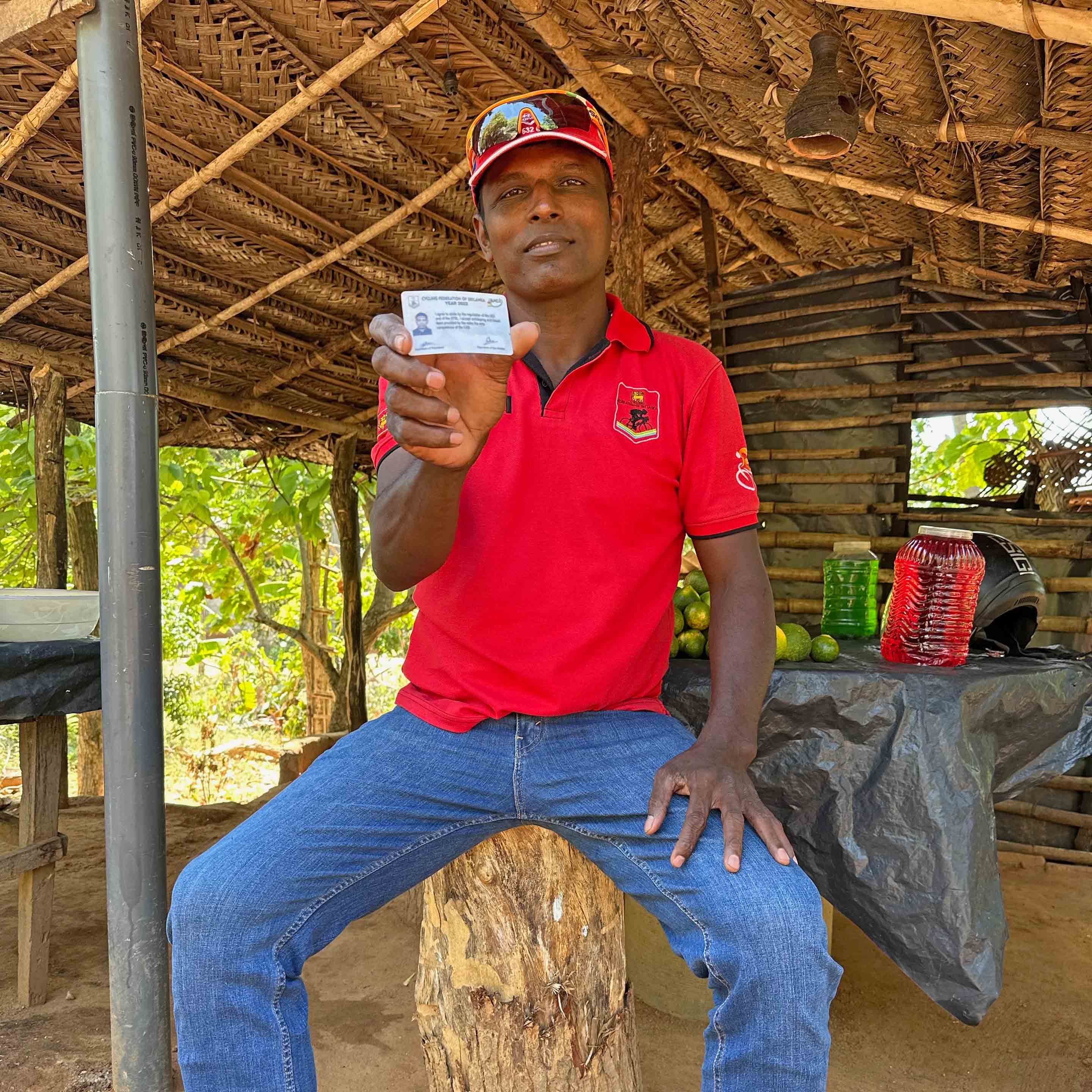
“I’ve retired now, but I was five times Sri Lankan road cycling champion” said Sampath next, whose English, like his ability on the bike, was obviously significantly better than he was letting on! “I was a sprinter and could go 72kmh along the flat. As well as racing here, I once travelled to Kazakstan to race and I raced against Peter Sagan too.” When you realise that you are essentially in the presence of cycling royalty, it does something quite strange – without any conscious thought I could feel my shoulders relax, my elbows drop and my head come up – my subconscious was trying to prove that despite appearances, I was actually half decent on a bike and that I would try not to do anything stupid during our time together. Like getting heat stroke so badly that I would need to lie down in the shade for a couple of days…..
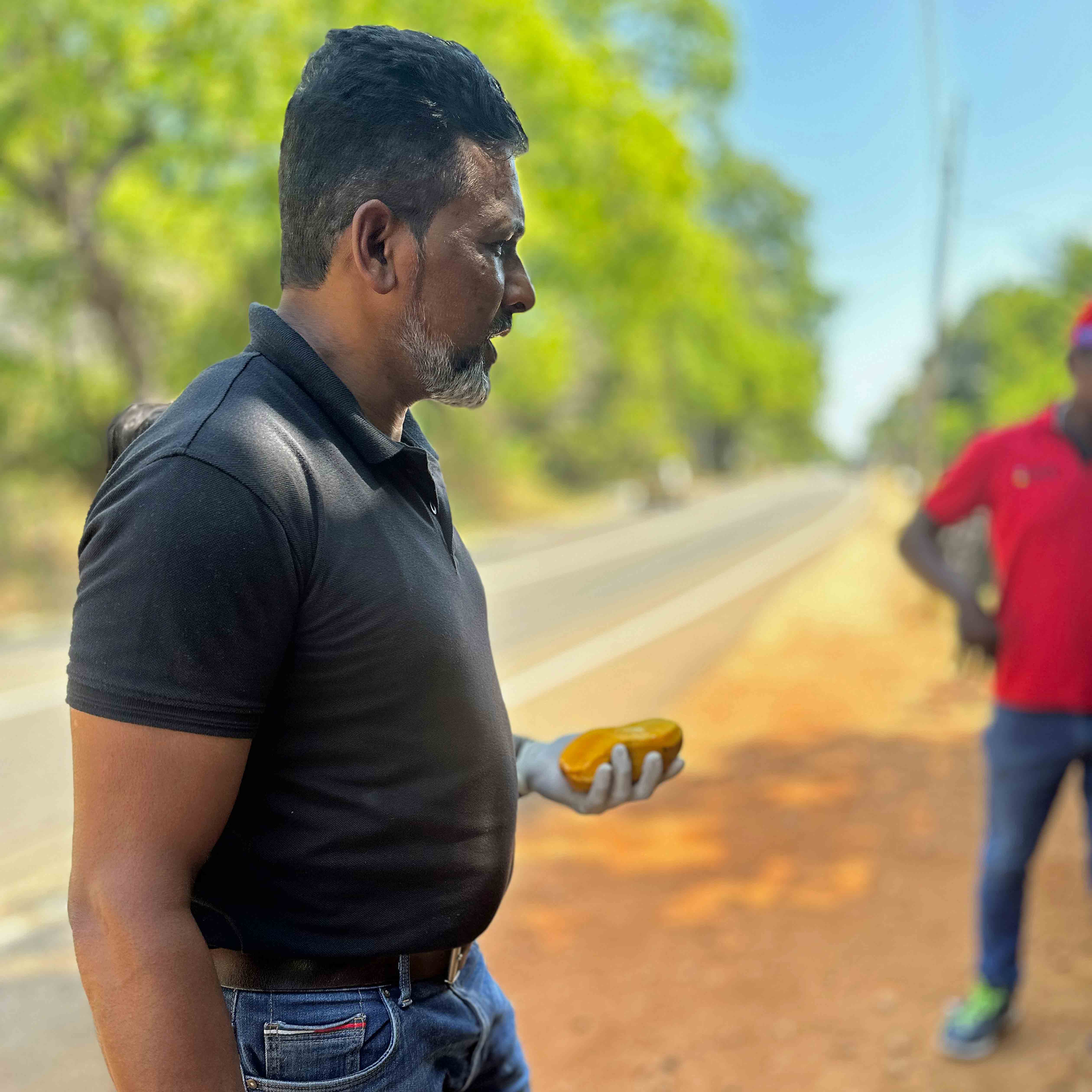
Sampath was working as a team with Sanjeewa, an experienced tour manager who had worked with numerous cycling groups in Sri Lanka in the past. Their job was to help shepherd me from Trincomalee on the northeast coast of Sri Lanka, to Hambantota on the south coast, a total distance of just under 500 km. My role, courtesy of the incredible support from Sri Lankan Airlines and Multi Terrain Biking was to pre-ride the route of the 2025 Ride Sri Lanka gravel event. I had been lucky enough to have been invited out to Sri Lanka in 2023 to test out the nascent gravel riding on the island and by some utter miracle, they had decided to invite back in 2024 too. I’m not sure what I had done to deserve this honour, but it was too good an opportunity to turn down. The only issue was timing. My work schedule was bonkers and so I had to try and shoehorn the trip into a small window in September. Unlike the Ride Sri Lanka event (which is being held in March), September in Sri Lanka, at least in the north of the country, means just one thing – heat. When it’s already 30 degrees as you set off at 8am, you know the day is going to be a challenge.
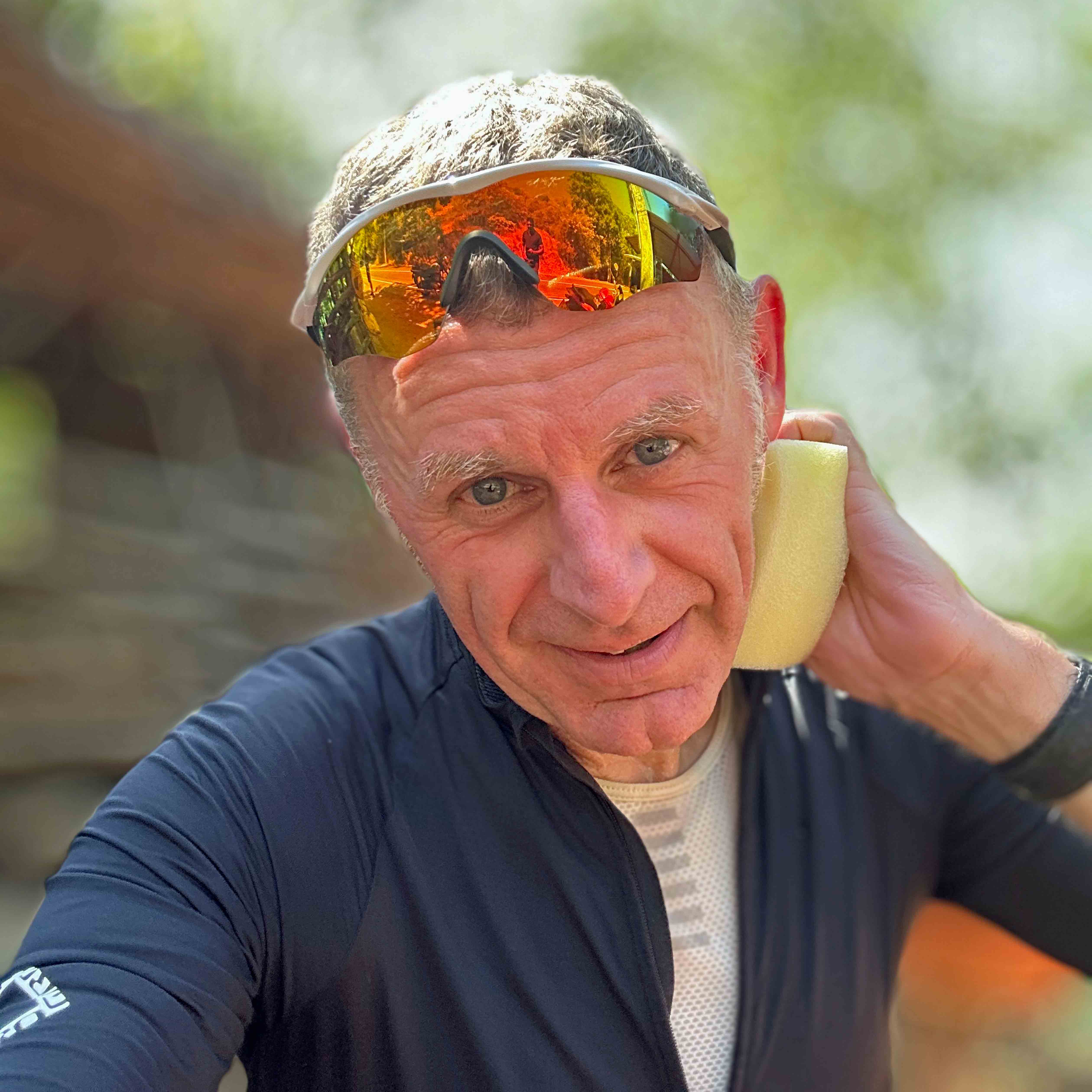
My bike handling skills aren’t good enough to take a photo while riding showing me squeezing ice cold water over my head, but luckily Sanjeewa had a seemingly inexhaustible supply in the back of his minibus, so whenever we stopped he would pass me an ice-cold sponge. It’s not something that I’d ever tried before (and this is despite having worked and travelled in numerous hot & sunny locations around the world in the past), but the relief was incredible. I could practically feel my skin sizzle as the cold water hit its surface.
As soon as the boys realised that the ice sponge trick was doing the job of keeping me from melting, they Gerry-rigged a cool bag to the fuel tank of Sampath’s motorbike and from then he would regularly pass me an icy sponge whenever he figured my internal thermometer was about to go off the scale. What was remarkable was a) how much better the world felt with icy water applied to your limbs and b) quite how quickly it evapourated. Within literally minutes, my kit would be bone dry again and the cooling effect would fade. By the end of the ride, I had used so much ice water that my saturated gloves had made the skin on my hands look like I’d been in the bath too long! You often see pro cyclists riding without gloves, which obviously would keep them cooler, but the thought of coming off and scraping my palms along the gravelly floor wasn’t an idea that appealed, so I put up with the slightly boil-in-the-bag hands as the trade-off
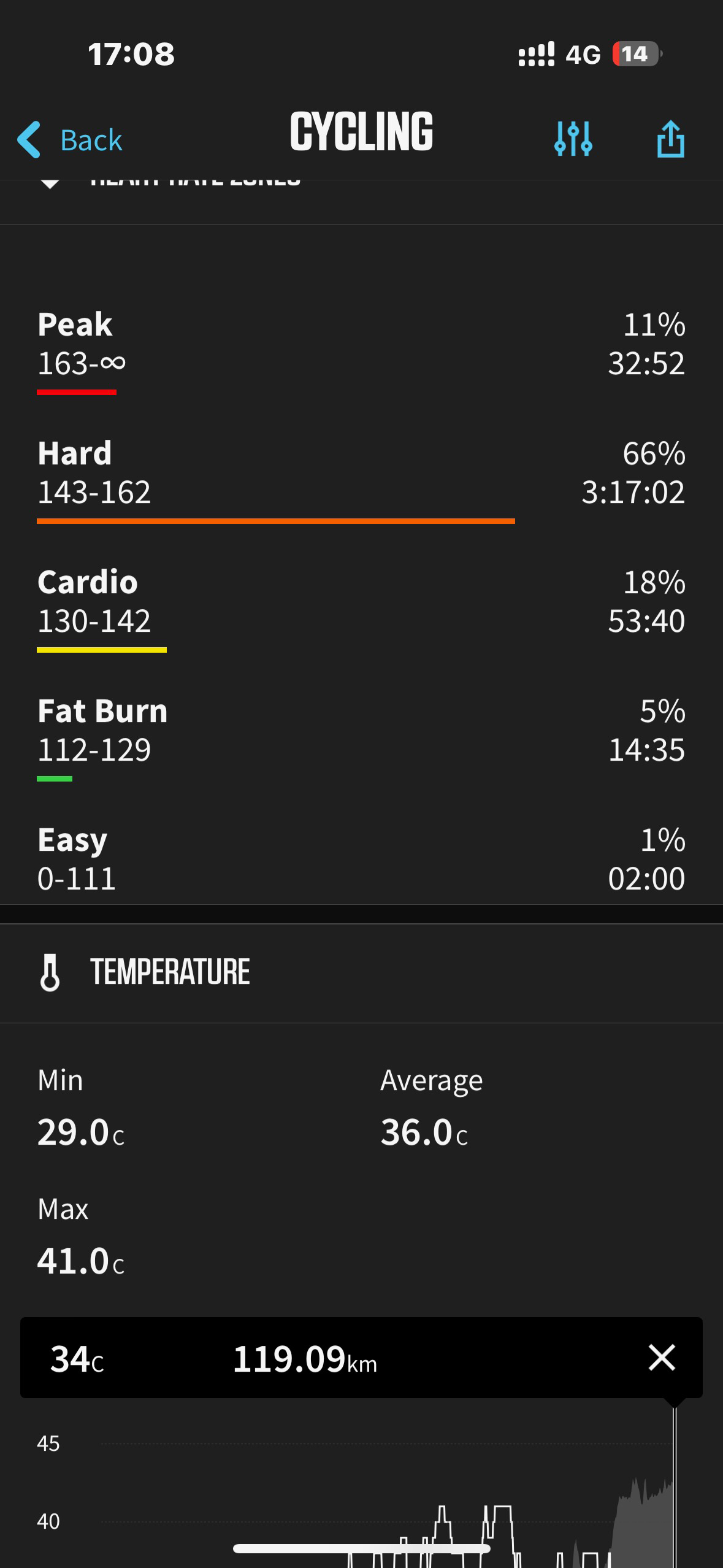
What was really interesting was the physiological impact the high temperatures were having on my performance. I’m only a recent convert to using a heart rate monitor (after a gap of more than 25 years since I last used one…) and it was incredible by looking at the post-ride stats how elevated my heart rate was, without the terrain or the type of riding being that demanding. An average temperature of 36 degrees seemed to elevate my heart rate about 20%, while simultaneously feeling like it was robbing me of power.
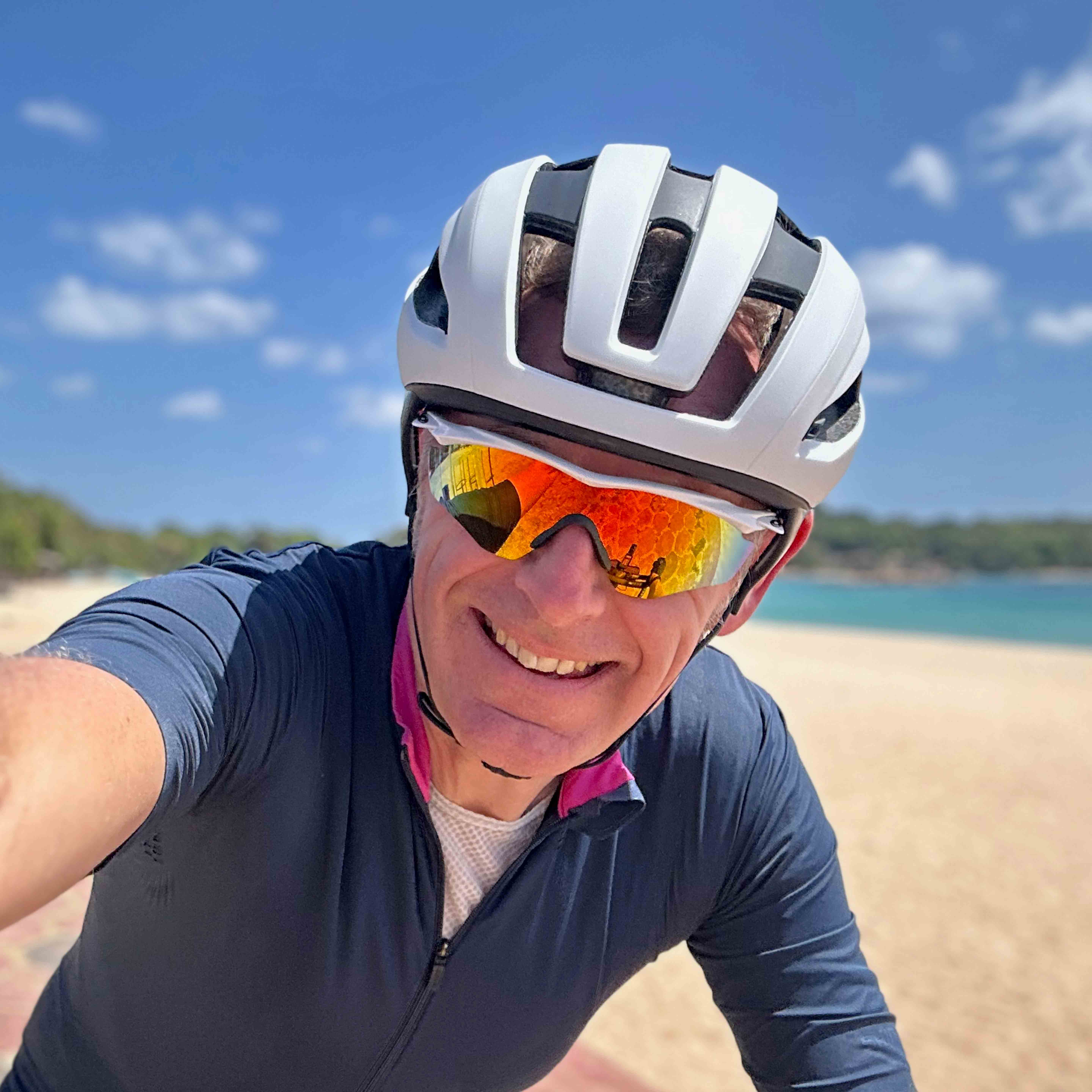
So, is there some good news to this story you might be wondering, or did I just end up like a puddle of melted jelly? The answer is that my normal lizard-like tendencies did eventually start to surface. Day Two was a few degrees cooler, with more sections of shade and although I still had patches where it felt like all my power was evapourating, I also had some sections where the 'real' me was coming back to the surface and I could attack some of the undulations in the route much better. Day Three will be a complete change as I’ll be spending the first half riding above 1800m – the weather forecast is predicating temperatures of around 20 degrees C, so I’m going to dig out my leg warmers and winter jacket I think ;-)
If you are planning on gravel riding in the southern hemisphere over the European winter or you might find yourself riding somewhere hot and sunny next year, I thought I would share my top tips for avoiding meltdown:
- Obvious one first – make sure you have Sanjeewah and Sampath as your support crew every time you ride somewhere hot!
- Think like a local and ride more gently the first couple of days as you become acclimatised. All the local cyclists I saw on my trip were riding quite sedately (although they were also mainly on ancient singlespeed bikes which probably weigh half a ton).
- Keep an eye on your heart rate (if you have a monitor) or your breathing rate if not and reduce the exertion level if you feel yourself getting too hot.
- Be super diligent about your intake of fluid, but don’t just drink water. Try and mix it up with some electrolytes, fruit juice, even some soft drinks, to ensure you’re replacing some of the salts and minerals that you’re sweating out. I absolutely craved salty snacks on the first couple of days of my trip – probably a sign I was sweating way more than normal.
- Next time I would bring insulated bottles with me. The water in my bidons heated up incredibly fast and water has much less appeal when it’s hot.
- Seek the shade whenever you can – particularly important when you stop.
- If you’re dousing yourself in water, don’t forget it will wash your suntan lotion off, so re-apply regularly.
- Think about what kit you’re going to be wearing – your choice of helmet, shoes and clothing will have a big impact on how cool you stay when you ride.
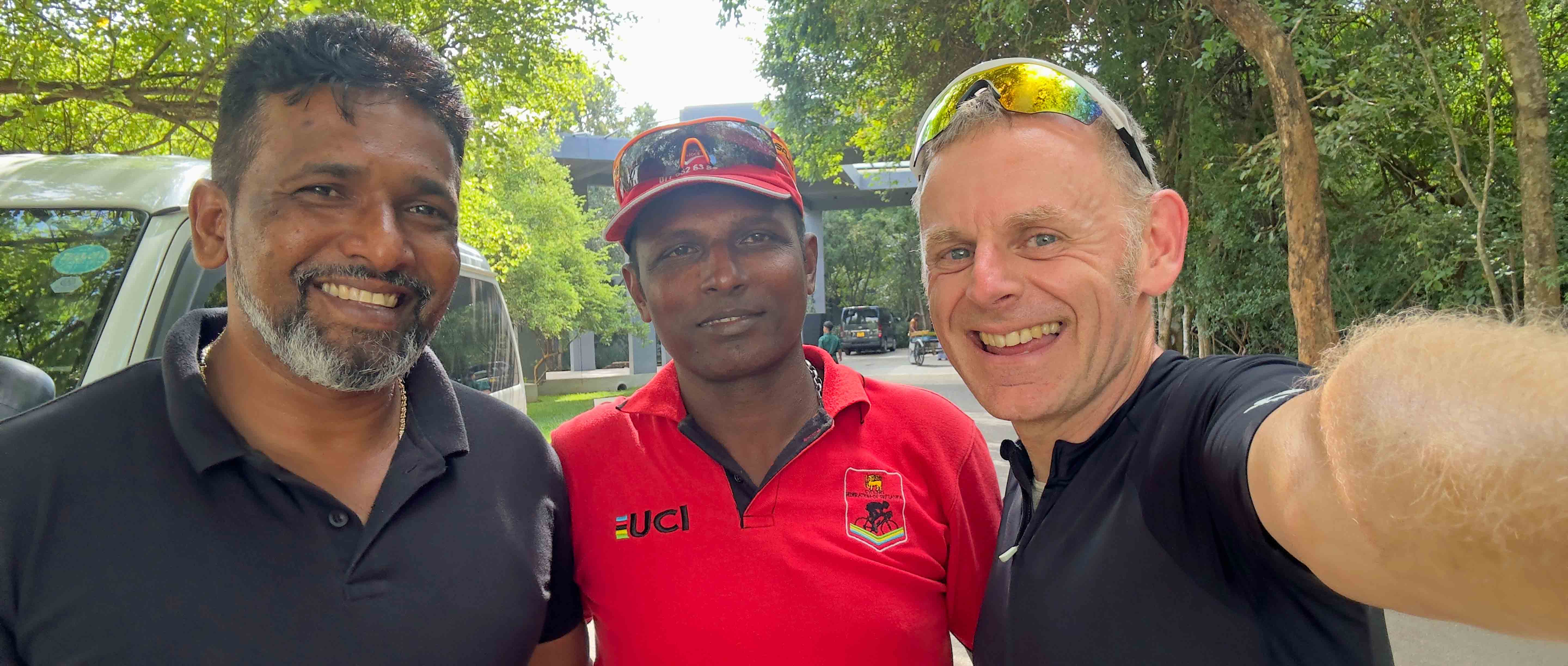
A huge thank you to Sanjeewa and Sampeth for their patience and encouragement each day!
Olly's trip wouldn't be possible without the generous support of Sri Lankan Airlines - the most pro-gravel airline we've ever had the pleasure of working with!
If you would like to find out more about the Ride Sri Lanka gravel event which is next being held in March 2025 (and so should be less hot than it is in September) then head over to their website.